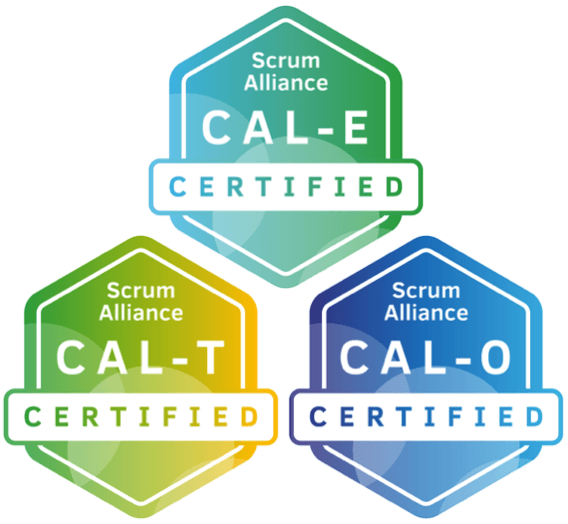What is Marketing Operations?
Marketing operations is the function of overseeing an organization's marketing program, campaign planning and annual strategic planning activities. Other responsibilities include technology and performance measurement and reporting and data analytics.
Marketing teams need a system of record that provides valuable oversight of marketing activities. This includes tasks, performance insights and directional guidance. The best and optimal type of system to ensure these are covered is marketing operations management, a tool like Aprimo. This guide explains everything you need to know and get you on the right path to success in Marketing Operations. First off, let’s make sure you understand why marketing operations is important and what it entails.
Why is marketing operations important?
One of the key reasons marketing operations is vital to a growing organization, is that it gives companies detailed analysis of past marketing project data. This in turn creates the chance for increased returns and successful marketing campaigns. Another thing that marketing ops provides is structured workflows that position the right team members in roles for success.
In addition, marketers today have expanded responsibilities and performance expectations above and beyond what used to be the normal day-to-day routines surrounding transitional marketing. Marketing operations helps businesses to meet these expectations monitoring and adapting to the business needs. Marketing technology is a growing field that requires further developed marketing operations within each company.
Below is an example of a review task from the Aprimo marketing resource management platform.

What kinds of tools and software is used in Marketing Operations?
Marketing Operations has wide-reach, covering multiple strategies and tasks simultaneously. Here are some of the most important tools that are used in Marketing Operations:
- Workflow (the bedrock of any successful marketing operations outfit)
- DAM (Digital Asset Management)
- CRM (Customer Relationship Management)
- Reporting, Data and Key performance Indicators (KPIs)
- Call and Web analytics
- CMS (Content Management Systems)
- in addition to any other technology used throughout the marketing campaign lifecycle.
This list will keep growing as we advance in our technological evolution and have to adapt our marketing practices. With this in mind, the need for marketing operations management increases. Without the structure that Marketing Ops brings, the adherence to process and order within enterprises breaks down; sometimes dramatically.
Marketing Operations is directly responsible for streamlining marketing workflows. Furthermore, it centralizes team-members, deadlines, departments in addition to the the companies shared objectives and goals.

5 key tips to optimize your Marketing Operations
After spending decades in this industry, here are some recommendations we have for those in this industry.
0️⃣1️⃣ Embrace Change
In Marketing Operations its really important to embrace change. By accepting and embracing the change it allows you to adapt better to the change and as part of that outcome become more flexible. Flexibility is key in any Marketing Operations organization.
Change can also be a lot harder on someone when they resist and reject it. Accepting the change makes dealing with change a lot easier. The more we deal with change, the more used to it we become, the easier it becomes to deal with it. Lather, rinse, repeat.
0️⃣2️⃣ Hire Leaders, Not Bosses
This one I think has the biggest impact on the overall organization. Legacy organizations really struggle with being able to drop the past - single neck to choke - mentality. Being a leader helps other people develop their skills. Through collaboration and teamwork, you're able to achieve more in your organization and create an environment where employees enjoy being present.
The opposite impact results from the boss mentality. Don't use words and phrases like "my team" and "I think" use more inclusive language like "our team" and "we think". Its easy to recognize this behavior: Turnover is high, morale is low, and the team results are less.
0️⃣3️⃣ Clarify Roles and Responsibilities ... Often.
As you create and specify shared marketing goals, divide team-members in a manner which gives your company the best chance of reaching these goals. Not only does this make them aware of their responsibilities and roles, it also makes sure they’re accountable. To further this accountability, supplement the roles you’ve created with scheduled performance reports.
DO NOT think you can staff a role that requires 100% dedicated resource, with someone that only has 10% capacity.
0️⃣4️⃣ Implement Key Technology and Software.
There is a myriad of tools available to further your marketing management operations - this list gets longer and longer by the year. Make sure to use systems that have a real value-based impact your marketing workflows. Things like a robust workflow
system of record and digital asset management systems to reduce the time it takes to finish crucial steps of a marketing campaign.
If you have questions about Marketing Operations and how voolama can help your business succeed, please get in touch.
Want More Information?
Get in touch, we would love to spend some time talking about your needs and showing how voolama can provide value.
Contact Us








